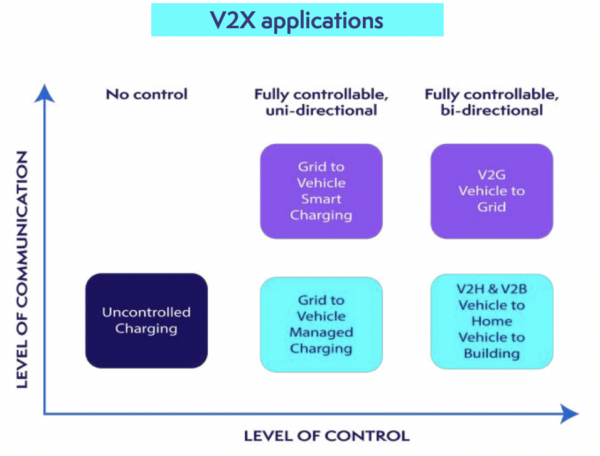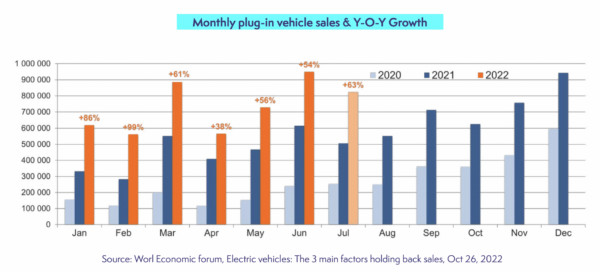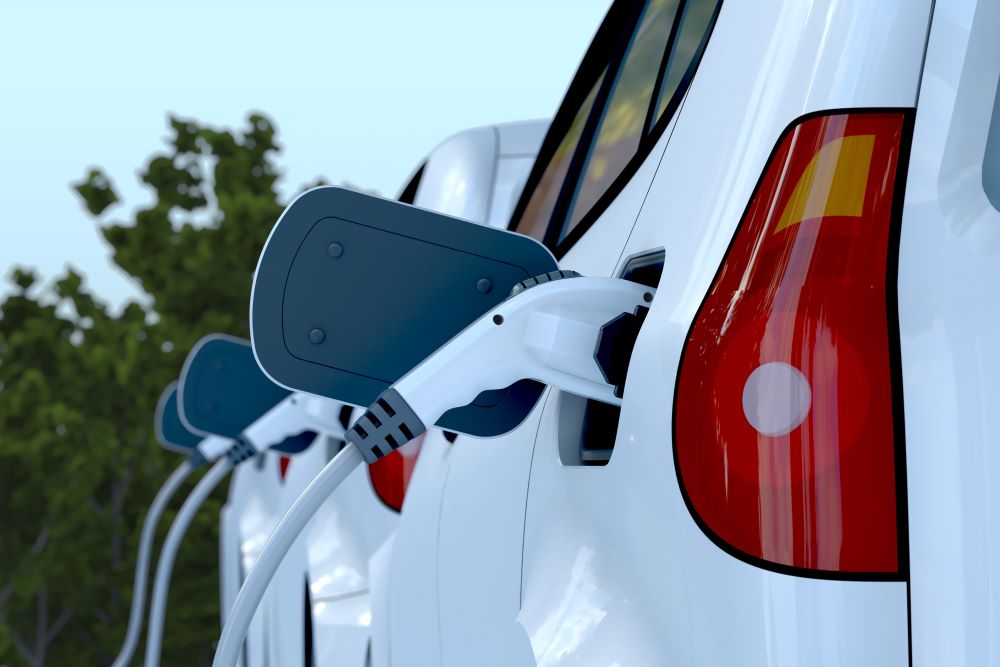In its latest white paper, The Electrification Era – Scaling Up Electric Vehicles, GridBeyond looks at the impact of EVs in some of the world’s largest markets and the challenges and opportunities faced by each country. It also considers how EVs could revolutionise the way energy is managed and used through vehicle-to-everything (V2X) technology. The paper also looks at EV fleets and the opportunities for businesses to not only secure additional revenues but to further boost their green credentials by helping the grid to increase levels of renewables generation in the energy mix.
Australia has been regarded as a slow adopter on the world stage and EVs comprise about 3.4% of total new vehicle sales – compared with the global average of 8.6%. But things are now moving fast. The number of EVs in Australia has almost doubled over the past year, growing from 44,000 at the beginning of 2022 to more than 83,000, according to research based on sales data released in the Electric Vehicle Council’s yearly recap. That figure is expected to top 100,000 in the coming months, driven in part by government support.

For example, New South Wales and Victoria have set a target of 50% of new cars sold to be electric vehicles by 2030. In NSW, electric vehicles are exempt from stamp duty and the first 25,000 EVs sold for under $68,750 receive a $3,000 rebate. Meanwhile, Canberra announced in March 2023 that it was going live with what it claims to be a world-first project in V2G technology. The initial Realising Electric Vehicles to Grid Services (REVS) trial – which launched in 2020 – used a fleet of 51 vehicles to explore the ability of EVs to provide frequency regulation services.
The amount of new added demand for electricity will by itself become a challenge for grids all around the world, and in particular for constrained grids. With charge timing, the challenge is when consumers will charge their vehicles. In most grids, the peak hours are the ones right when people are arriving home from work, so if business fleets finish operations at 5pm and immediately plug their EV fleet in to charge, that is going to be difficult for the grid operator.

V2X is the overall term for different forms of bi-directional charging and discharging of the EV battery, including vehicle-to-grid (V2G), vehicle-to-building (V2B), and vehicle-to-load (V2L). These have the potential to revolutionise the way we use and manage energy in transportation, homes and businesses. This means that when power supply is low and demand high, connected EVs can instead release power back into the electricity network or the site on which they are parked.
Price dynamics are already creating an opportunity for EV owners who, by automating their systems to charge only when the electricity price has fallen to a given level, can reduce their costs. For end users, V2X technology can provide an additional revenue stream. EV owners can sell the stored energy in their vehicle’s battery back to the grid during peak demand periods, earning credits or cash payments. This can help offset the cost of owning an EV and make it more affordable for more people to adopt this clean energy technology.
–
About the author:
Michael Kent is the Electric Vehicle and Storage Manager at GridBeyond.
The views and opinions expressed in this article are the author’s own, and do not necessarily reflect those held by pv magazine.
This content is protected by copyright and may not be reused. If you want to cooperate with us and would like to reuse some of our content, please contact: editors@pv-magazine.com.








By submitting this form you agree to pv magazine using your data for the purposes of publishing your comment.
Your personal data will only be disclosed or otherwise transmitted to third parties for the purposes of spam filtering or if this is necessary for technical maintenance of the website. Any other transfer to third parties will not take place unless this is justified on the basis of applicable data protection regulations or if pv magazine is legally obliged to do so.
You may revoke this consent at any time with effect for the future, in which case your personal data will be deleted immediately. Otherwise, your data will be deleted if pv magazine has processed your request or the purpose of data storage is fulfilled.
Further information on data privacy can be found in our Data Protection Policy.